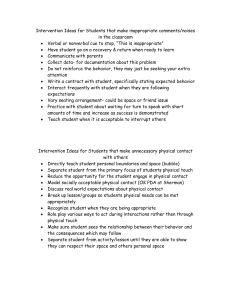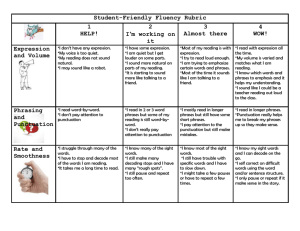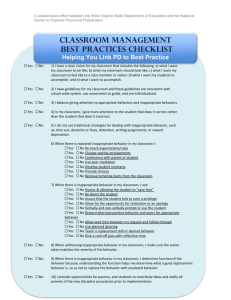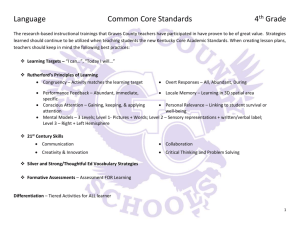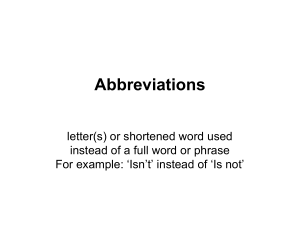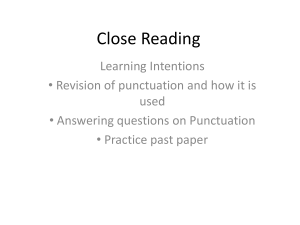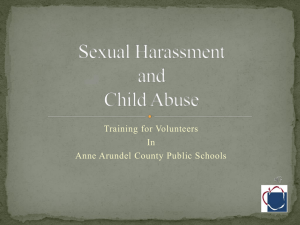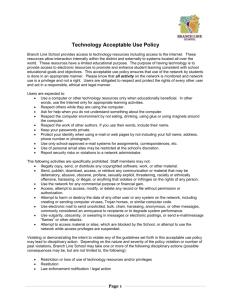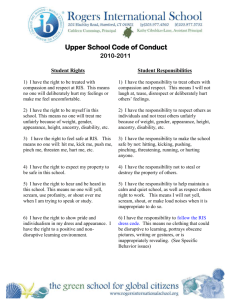Language Progressive Skills by Grade, all grades
advertisement
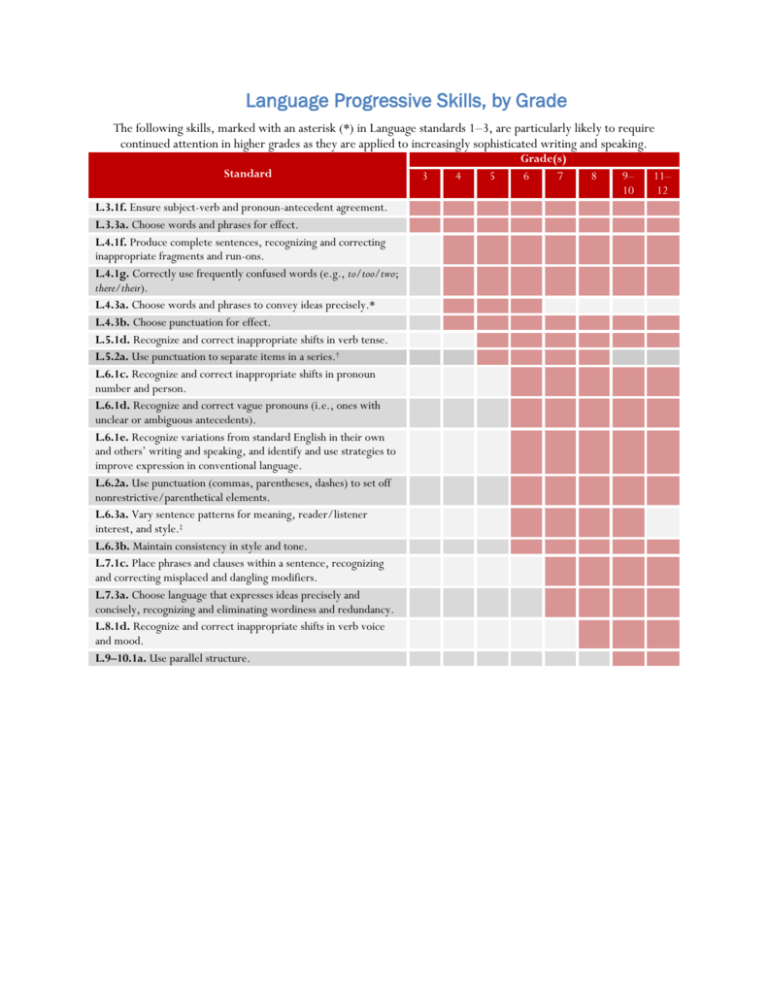
Language Progressive Skills, by Grade The following skills, marked with an asterisk (*) in Language standards 1–3, are particularly likely to require continued attention in higher grades as they are applied to increasingly sophisticated writing and speaking. Standard L.3.1f. Ensure subject-verb and pronoun-antecedent agreement. L.3.3a. Choose words and phrases for effect. L.4.1f. Produce complete sentences, recognizing and correcting inappropriate fragments and run-ons. L.4.1g. Correctly use frequently confused words (e.g., to/too/two; there/their). L.4.3a. Choose words and phrases to convey ideas precisely.* L.4.3b. Choose punctuation for effect. L.5.1d. Recognize and correct inappropriate shifts in verb tense. L.5.2a. Use punctuation to separate items in a series.† L.6.1c. Recognize and correct inappropriate shifts in pronoun number and person. L.6.1d. Recognize and correct vague pronouns (i.e., ones with unclear or ambiguous antecedents). L.6.1e. Recognize variations from standard English in their own and others’ writing and speaking, and identify and use strategies to improve expression in conventional language. L.6.2a. Use punctuation (commas, parentheses, dashes) to set off nonrestrictive/parenthetical elements. L.6.3a. Vary sentence patterns for meaning, reader/listener interest, and style.‡ L.6.3b. Maintain consistency in style and tone. L.7.1c. Place phrases and clauses within a sentence, recognizing and correcting misplaced and dangling modifiers. L.7.3a. Choose language that expresses ideas precisely and concisely, recognizing and eliminating wordiness and redundancy. L.8.1d. Recognize and correct inappropriate shifts in verb voice and mood. L.9–10.1a. Use parallel structure. 3 4 5 Grade(s) 6 7 8 9– 10 11– 12
